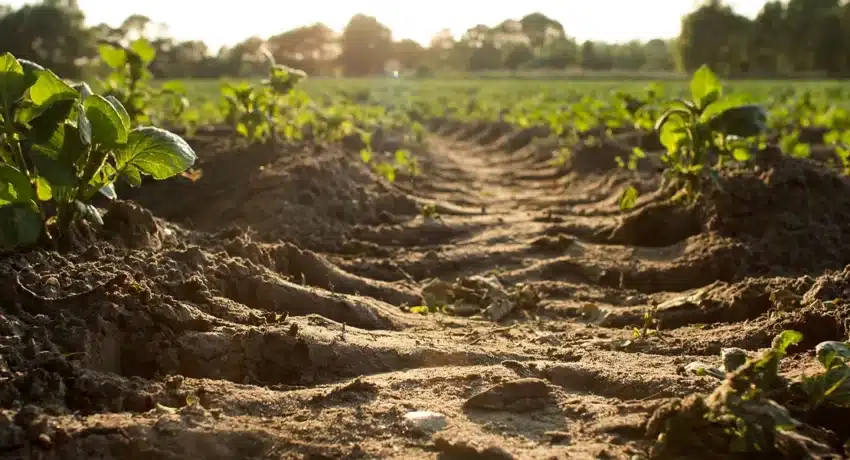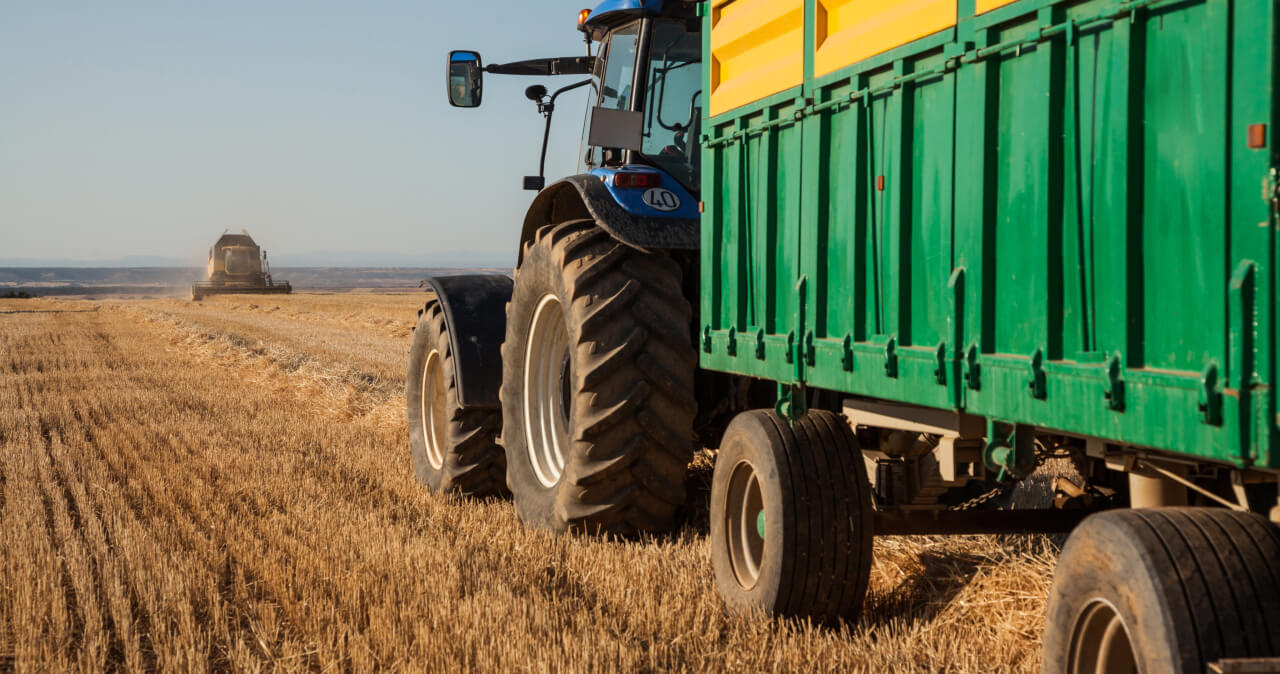ChrysaLabs, a real-time AI-based soil measurement technology and EarthOptics, an AI driven, soil measurement and mapping company, are making carbon quantification highly accurate and cost efficient by announcing their collaboration in the field of carbon verification.
EarthOptics and ChrysaLabs technologies combine to make carbon quantification more accessible, profitable, and scalable to growers and landowners. The collaboration aims at opening the Carbon Economy to more participants in production agriculture. Combining high-resolution sensor measurements from EarthOptics with real time soil measurements from ChrysaLabs will enable real-time decision-making capabilities.
The collaboration aims at opening the carbon economy to more participants in production agriculture. Combining high-resolution sensor measurements from EarthOptics with real time soil measurements from ChrysaLabs enables real-time decision-making capabilities.
“The carbon market is there,” says ChrysaLabs Co-Founder and CEO, Samuel Fournier. “We know land can lock in a substantial amount of carbon. The main challenge we face is the financial viability for growers and landowners is not where it could be because there’s still non-negligible barriers to carbon quantification. It requires human resources, time, and soil intelligence, three components rarely found together in reality. EarthOptics is a company who can really bring data density mainstream.”
The research collaboration and combined field work objective is to propel efficiency and meet goal of continued reduction in soil samples with new soil health insights.
Traditionally, the gathering of data required for carbon sequestration validation is a long, labor- intensive process. Physical samples are pulled and sent to a lab for analysis, while growers wait. This collaboration offers a real-time solution – a revolutionary shift in the industry.
“We believe that ChrysaLabs’ technology was complementary with EarthOptics’ to increase in-field data precision and contribute to unparalleled cost efficiency,” according to Lars Dyrud, CEO of EarthOptics. “Ultimately, growers could have access to more data and more precision in less time for less money.”
With increasing environmental stewardship opportunities, the ensuing technology has the potential of creating a solution that is immediate, low cost, scalable and accessible to all growers.
About ChrysaLabs and EarthOptics
Better soil intelligence for better decisions. ChrysaLabs is a fast growing ag tech at the intersection of agriculture and science. We believe that fast and precise soil data are key components of precision ag. ChrysaLabs’ unique solution uses Cloud computing, Artificial Intelligence, and machine learning to extract real-time data from its patented spectroscopy technology providing precious information within seconds allowing field managers to take the best actions minutes after sampling. Our technology enables producers and agronomists to sample the soil as many times as they want: more data leads to more precise actions, higher yield, and optimized costs.
At EarthOptics, we see soil. Differently. GroundTruth Ag, Inc., dba EarthOptics, was founded in 2018 and has offices in Raleigh, North Carolina; Arlington and Blacksburg, Virginia; Minneapolis, Minnesota; and Fayetteville, Arkansas. EarthOptics is an agricultural technology company developing next-generation soil-sensing technologies that give growers revolutionary insights into the physical characteristics of their soil. EarthOptics beat out three finalists and more than 100 international agtech startup entries to win the AGCO Innovation Challenge Award during the 2021 World Agri-Tech Innovation Summit. We believe that below-ground precision and innovation in the soil space is long overdue. Our ultimate goal is to deliver point-of-care soil health insights – related to physical, chemical, and biological attributes of soil – in real time. To achieve this goal, we have assembled a team with diverse backgrounds in engineering, software development, geospatial analytics, data science, machine learning, and logistics and operations.


